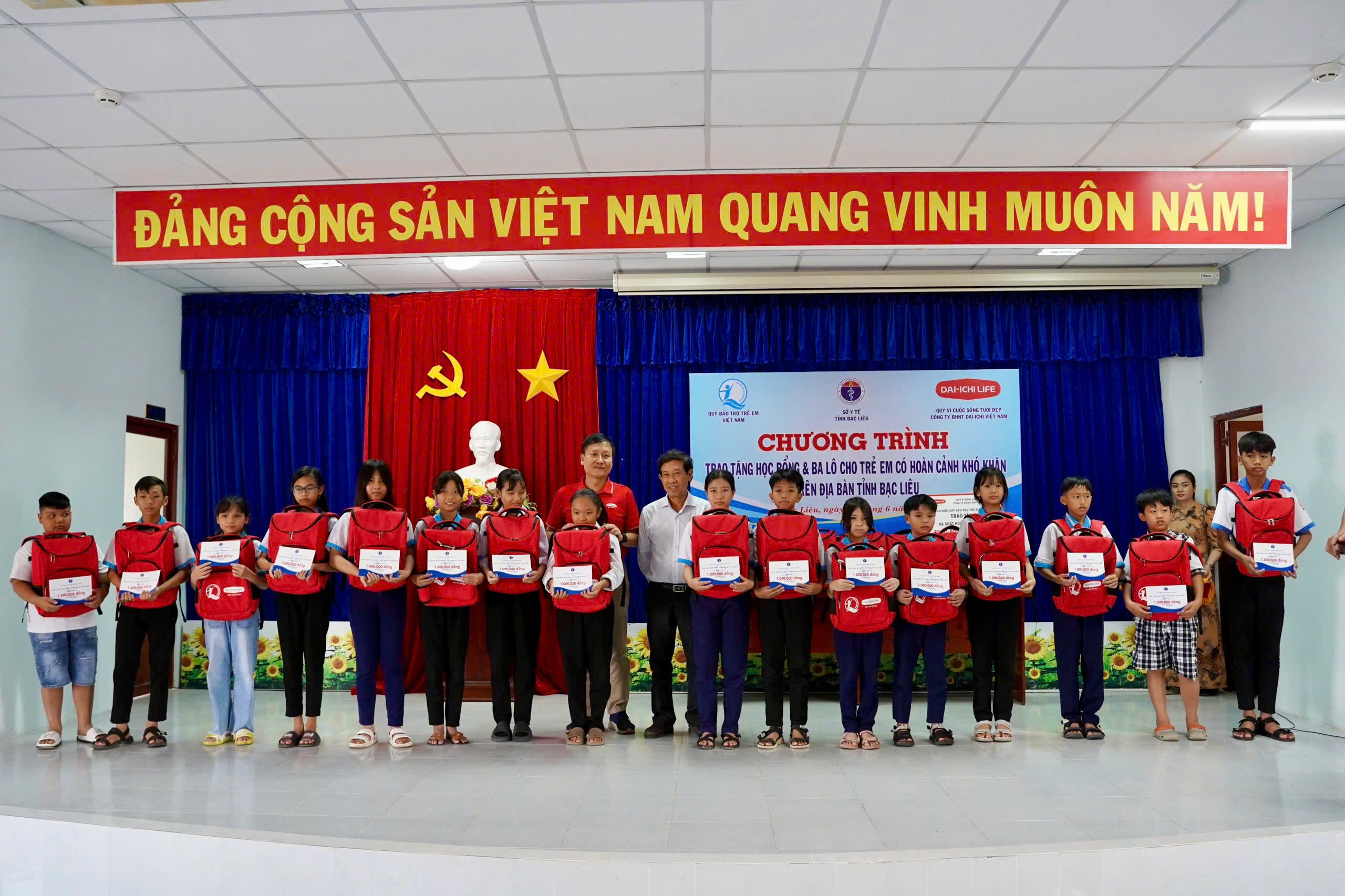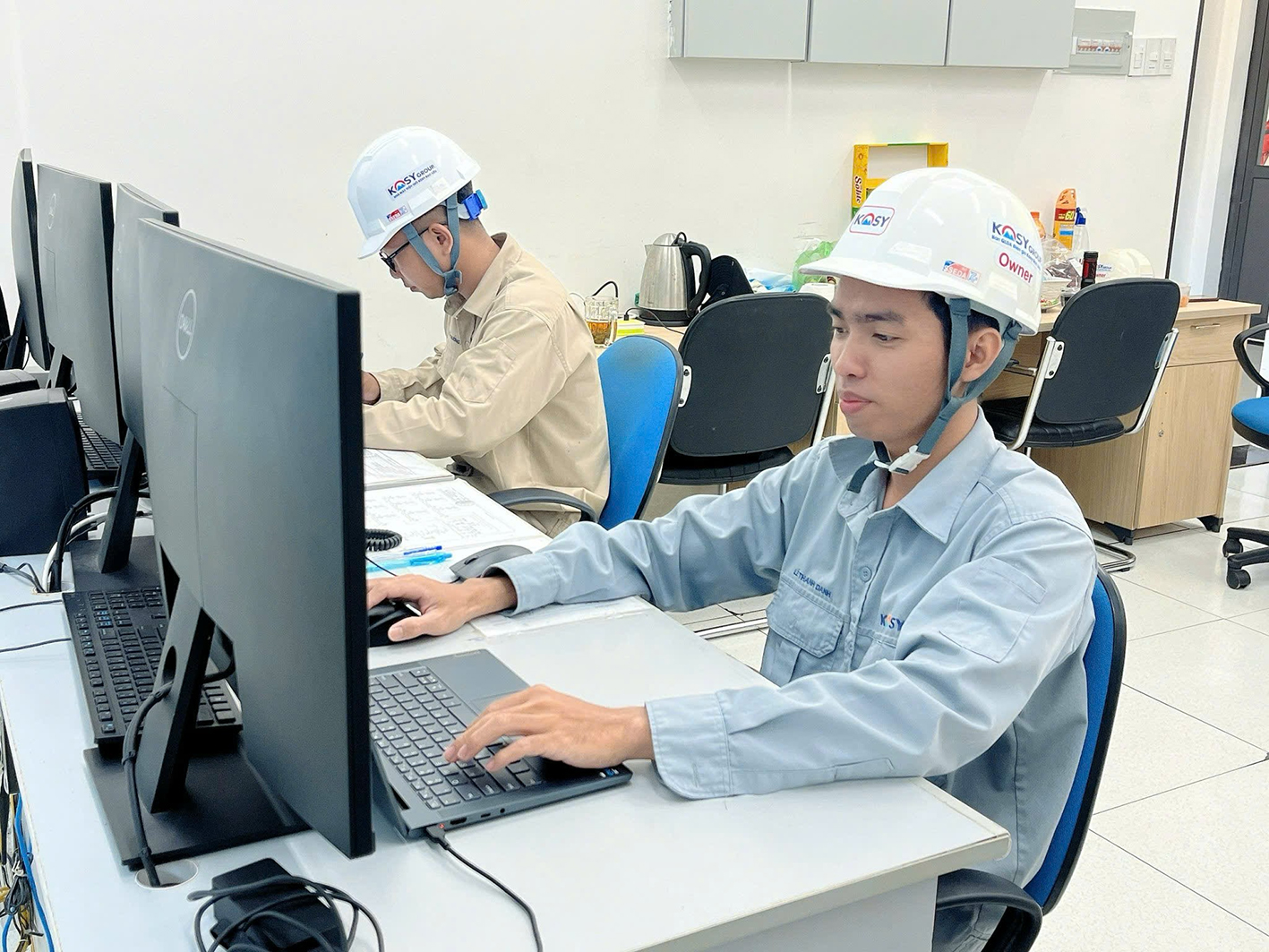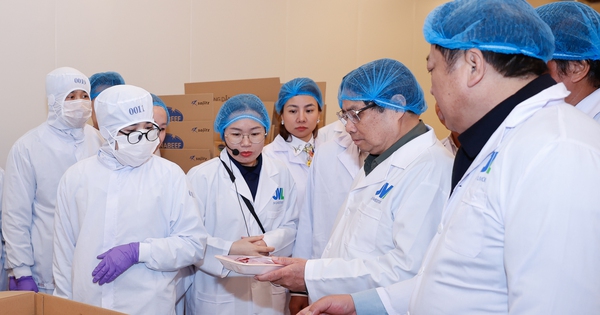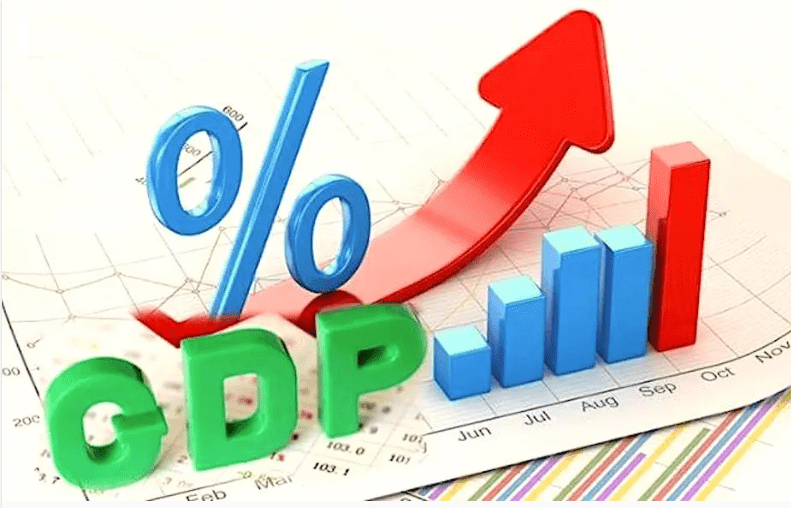Recently, the Vietnam SPS Office said that the EU issued a draft notice to change MRLs for a series of Vietnamese agricultural products.
Accordingly, the MRL level of the active ingredient Zoxamide has been changed for citrus fruits, nuts, large fruits with inedible peels (avocados, bananas, mangoes, papayas, pineapples, guavas, durians and other fruits), fresh or frozen vegetables, onions, garlic, tomatoes, chili, okra, tea, coffee, pepper, rice, some products of animal origin...
Notably, the EU proposed to reduce the MRL of Zoxamide in lettuce, salads, and spinach from 30ppm to 0.01ppm (equivalent to 3,000 times). Accordingly, 0.01ppm is the default level applied by the EU to active substances for which the market has not established an MRL and is not included in the common database.
Zoxamide is a fungicide used to control a wide range of fungi, including potato and tomato leaf blight. It has a preventive effect with residual properties and acts by inhibiting nuclear division.
According to Mr. Ngo Xuan Nam, Deputy Director of the Vietnam SPS Office, the US Environmental Protection Agency (EPA) assessed that no significant acute toxicity has been detected for Zoxamide. However, this is considered a strong skin sensitizer and has the potential to cause sensitization when inhaled.

Workers of Phong Thuy Agricultural Products Production and Trading Company Limited ( Lam Dong ) process vegetables and fruits for export. Photo: Quang Hieu
In contrast to lettuce, lettuce, spinach, the MRL of Zoxamide on onions, garlic, tomatoes has been relaxed by the EU. Tomatoes alone have increased 4 times, from 0.5ppm to 2ppm.
In addition, the EU also proposed to regulate the active ingredients Fenbuconazole, Penconazole and Acetamiprid on products such as rice, pepper, coffee, honey and some vegetables and fruits.
Specifically, with the active ingredients Fenbuconazole and Penconazole, citrus fruits and nuts such as cashews, macadamia nuts, rice, okra... will be applied at a very low concentration level of only 0.01ppm. Coffee, pepper and honey will be applied at the same level of 0.05ppm.
With the active ingredient Acetamiprid, banana products, according to the old regulation, have a concentration of 0.4ppm, but the new regulation is 0.01ppm; bell pepper and sweet pepper products, from 0.3ppm, according to the new regulation, are only 0.09ppm; tomatoes, from 0.5ppm to 0.06ppm...
According to Mr. Nam, the EU plans to apply these regulations from February 2025. Manufacturers have 6 months to prepare for appropriate adjustments. "If we grasp information promptly, proactively adjust and control the residue levels of the above 4 active ingredients, we are confident that we will meet EU regulations," Mr. Nam emphasized.
Accordingly, the Vietnam SPS Office requested the Plant Protection Department, the Department of Animal Health, the Vietnam Fruit and Vegetable Association and the Vietnam Beekeeping Association to study, comment and notify relevant organizations and individuals to control MRLs according to EU regulations.
According to Mr. Nam, in the first 6 months of the year, the EU issued 2,078 warnings on agricultural, food and seafood products exported by all countries exporting to this market; of which, Vietnam received 57 warnings. Although accounting for only an average of 2.1%, this number "raises a question worth pondering".
Currently, four items are subject to high frequency inspection, including dragon fruit at 30%, chili and okra at 50%, and durian at 10%.
According to preliminary statistics from the General Department of Customs, by mid-July 2024, fruit and vegetable exports had earned nearly 3.57 billion USD. Thus, fruits and vegetables have risen to become the third largest export industry in the agricultural sector, after forestry and fishery products. In the fruit and vegetable industry, the main export items with high value are still durian, dragon fruit, jackfruit, banana, mango, etc. In the Korean market alone, in the past 6 months, fruit and vegetable exports alone reached over 180 million USD, an increase of 57.9% over the same period in 2023.
Source: https://danviet.vn/eu-de-xuat-dieu-chinh-muc-du-luong-toi-da-ca-phe-mat-ong-chuoi-cua-viet-nam-co-bi-anh-huong-2024081109124131.htm







































Comment (0)